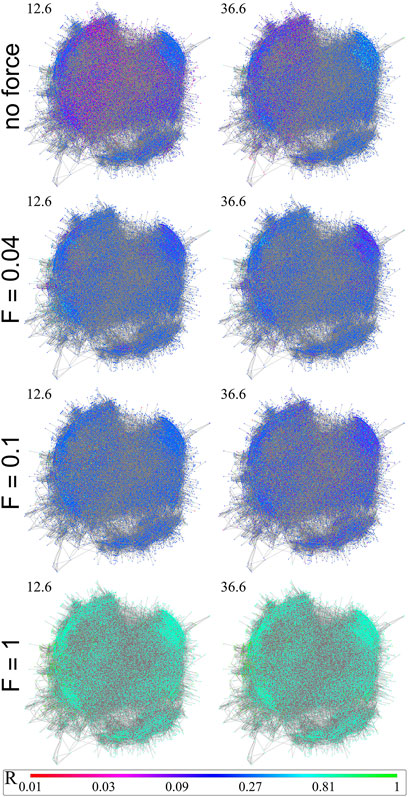Speaker
Description
We have investigated the synchronization transition of the Shinomoto-Kuramoto model on networks of the fruit-fly and two large human connectomes. This model contains a force term, thus is capable of describing critical behavior in the presence of external excitation. By numerical solution we determined the crackling noise durations with and without thermal noise and showed extended non-universal scaling tails characterized by the exponent 2 < τt < 2.8, in contrast with the Hopf transition of the Kuramoto model, without the force τt = 3.1(1). Comparing the phase and frequency order parameters we have found different synchronization transition points and fluctuation peaks as in case of the Kuramoto model, related to a crossover at Widom lines. Using the local order parameter values we also determined the Hurst (phase) and β (frequency) exponents and compared them with recent experimental results obtained by fMRI. We show that these exponents, characterizing the auto-correlations are smaller in the excited system than in the resting state and exhibit module dependence.

Front. Phys. 11 (2023) 1150246. doi:10.3389/fphy.2023.1150246
